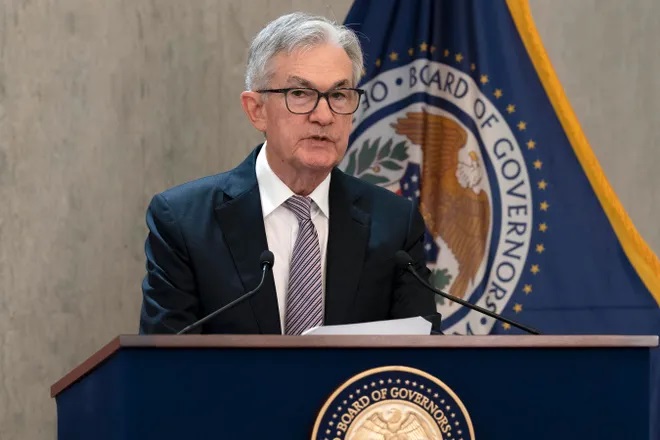On June 15, in response to inflation concerns, the Federal Reserve raised overnight rates by 75 basis points. This marks the greatest increase in 28 years. The Fed forecasts raising overnight rates to 3.75% by the end of 2023.
The Fed’s tighter monetary policy reflects a major change in direction. The Fed has chosen to abandon gradualism and move more forcefully to stamp out inflation. Until now, the Fed tried to thread the needle of cooling off inflation while not tanking the economy. Their current policy of raising rates could possibly lead to a recession.
Consumer prices rose 8.6% in May, the fastest pace in 40 years. This forced to Fed to act decisively. Ethan Harris, head of global economic research at Bank of America, said, “Virtually every sector has higher-than-normal inflation. It has made its way into every nook and cranny of the economy. That is the thing that makes it concerning because it means it (inflation) is likely to persist.”
The markets anticipated that the Fed would have to take major steps to tame inflation. American stocks are down by almost 20% from their January peak.
The University of Michigan preliminary June sentiment index fell to 50.2, the lowest on record as soaring inflation battered household finances. AAA reported that average U.S. gas prices reached a record $4.99 a gallon. The pain at the pump is hurting Biden’s approval ahead of the midterm elections.
Federal Reserve Chairman Jerome Powell said the path of bringing down inflation without a recession “is not getting easier” amid continued supply-chain disruptions and rising energy and commodity prices. He no longer believes the Fed can reduce inflation to 2% by itself.
President Biden has pledged to keep fighting against inflation. He said, “My administration is going to continue to do everything we can to lower the prices to the American people.” The president recognizes that his administration is on the defensive. The inflation numbers could imperil Democratic control of the House and Senate.
Biden attempted to frame our inflation problem in terms of the global challenges. He cited the pandemic and the Russian invasion of Ukraine. He rebuffed Republican lawmakers’ criticisms that inflation is the result of his government aid programs being too generous and his restrictions on U.S. oil production too onerous. The price of energy has increased 34.6% from the previous year.
The forces driving inflation have shifted from supply side constraints to rising energy and food costs as a consequence of the Russian invasion of Ukraine.
The U.S. Bureau of Labor Statistics reported the following annual price increases ending May 2022: Gasoline +48.7%; Food +10.1%; New Vehicles +12.6%; Used Vehicles +16.1%; and, Electricity +12%.
Former Treasury Secretary Lawrence Summers said on CNN, “When Inflation is as high as it is right now and unemployment is as low as it is right now, it is almost followed within two years by recession.”
Administration supporters contend that America can tackle inflation without incurring a downturn because our economy is currently so strong. The unemployment rate is low at 3.6%, and the demand for workers outstrips supply. However, inflation is eroding the real (after inflation) spending power for many.
Once inflation starts, it acquires its own momentum. Jerome Powell does not have the same latitude as former Federal Reserve Chairman Paul Volcker to tame inflation. In the early 1980s, Volcker increased the Fed fund rate to a record 20% and threw our economy into a deep recession.
The elephant in the room is our current federal debt, which is $30.5 trillion and growing. It precludes increasing interest rates significantly without destroying the U.S. federal budget. We need to recognize the inflationary impact of our sustained budget deficits.
Originally published in the Sarasota Herald-Tribune




